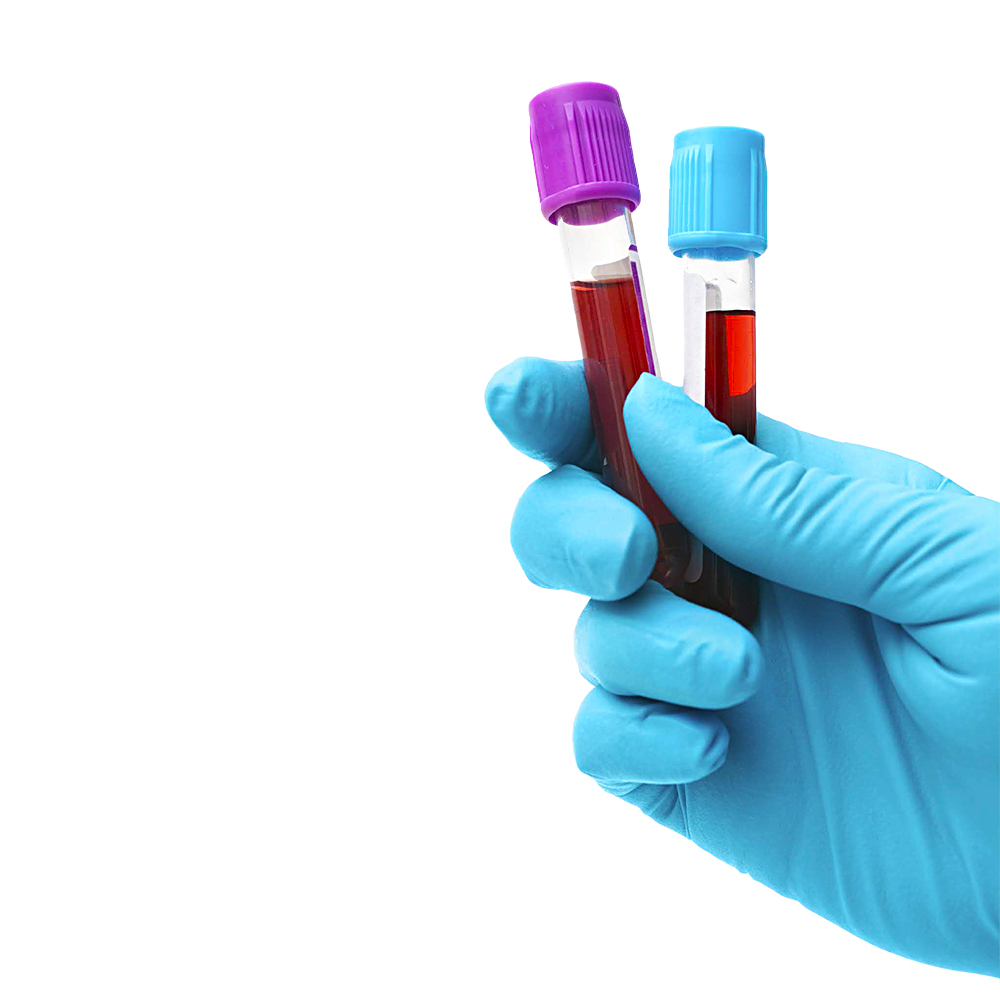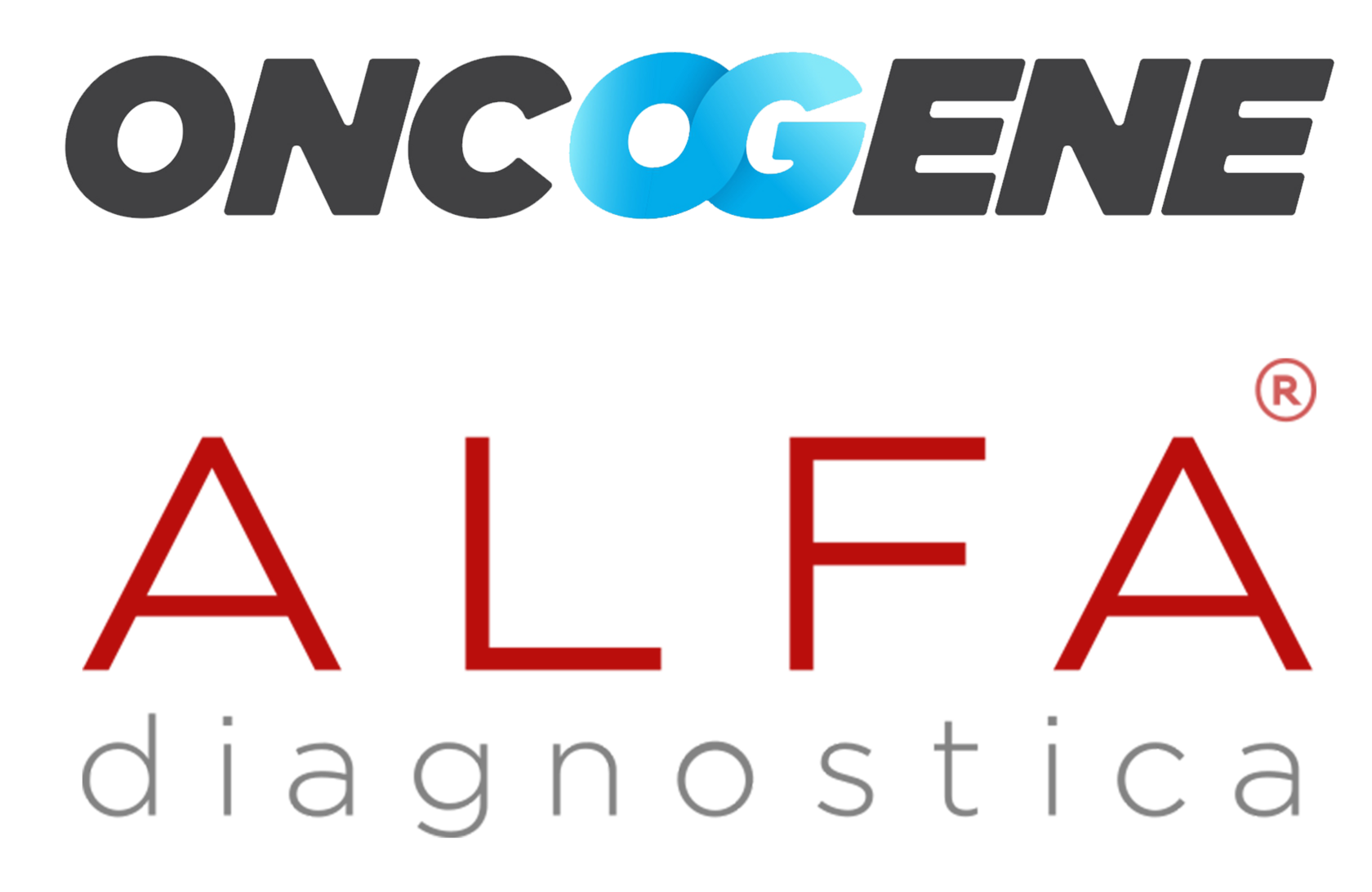



A Revolutionary Blood Test for Patients with Suspected Cancer

The accepted standard for ruling out or confirming cancer when it is suspected is invasive tissue sampling, such as a biopsy or surgery. However, subsequent histopathological examination often reveals benign conditions in a significant number of patients, which do not present significant health risks. This means that many patients without cancer have to undergo invasive procedures that are associated with various risks (pain, bleeding, infections, etc.). Additionally, there are situations where tissue sampling is not possible, increasing the likelihood of “missing” the cancer.
Thus, there are two unmet clinical needs when cancer is suspected in patients:
Thus, there are two unmet clinical needs when cancer is suspected in patients:
- The need to identify patients with a high probability of having cancer, who would require an invasive biopsy to confirm the diagnosis (a process known as diagnostic 'triage'). This approach could reduce the necessity and associated risks of invasive procedures in patients with a low probability of cancer.
- The need for a safe and reliable minimally invasive test that can provide diagnostically relevant information to support clinical decision-making in cases when obtaining tissue samples invasively is challenging.
Trublood is a non-invasive diagnostic test designed to detect breast, prostate, colorectal, lung cancers as well as pancreaticobiliary and central nervous system cancer in patients with a clinical suspicion of malignancy
Based on a safe blood test
Based on a safe blood test
Trublood tests the patient's blood sample for the presence of "circulating tumor cells" (CTCs), which are released into the bloodstream by solid tumors at any stage of malignancy. CTCs are an ideal and accurate biomarker for cancer detection, as they are intact malignant cells bearing the imprint of the parent tumor. CTCs are not found in healthy individuals or in patients with benign tumors.
The detection of CTCs in a patient's blood sample indicates a high probability of latent cancer in a specific organ or tissue, and, as a result, the patient may be recommended for additional diagnostic procedures (such as invasive biopsy). Conversely, the absence of CTCs in the blood sample suggests a low probability of hidden cancer.
The detection of CTCs in a patient's blood sample indicates a high probability of latent cancer in a specific organ or tissue, and, as a result, the patient may be recommended for additional diagnostic procedures (such as invasive biopsy). Conversely, the absence of CTCs in the blood sample suggests a low probability of hidden cancer.
- For professional use only
- Developed, validated, and certified by Datar Cancer Genetics

Advantages of Liquid Biopsy
- Liquid Biopsy
- Invasive Biopsy
- Minimally Invasive
- Absolutely Invasive Method
- No need for hospitalization/anesthesia
- Can be performed only in a hospital/under anesthesia
- No pain, no stitches, no scars
- Painful, may require stitches
- No risk
- Risk of "seeding" tumor cells
- No risk of organ damage or bleeding
- May carry risks for organs such as the lungs, liver, and pancreas
- Provides real-time data and covers all active areas
- May affect tumor heterogeneity
- Can be performed as often as needed
- Serial/sequential biopsies are complex or impractical
- Reliable even if the primary tumor or metastases are not detected
- If the primary tumor is poorly visualized, a biopsy may be impractical
Liquid Biopsy
Minimally Invasive- No need for hospitalization/anesthesia
- No pain, no stitches, no scars
- No risk
- No risk of organ damage or bleeding
- Provides real-time data and covers all active areas
- Can be performed as often as needed
- Reliable even if the primary tumor or metastases are not detected
Invasive Biopsy
- Absolutely Invasive Method
- Can be performed only in a hospital/under anesthesia
- Painful, may require stitches
- Risk of "seeding" tumor cells
- May carry risks for organs such as the lungs, liver, and pancreas
- May affect tumor heterogeneity
- Serial/sequential biopsies are complex or impractical
- If the primary tumor is poorly visualized, a biopsy may be impractical
The unique features of Trublood have been confirmed in clinical studies
(40 000+ healthy people and patients)
(40 000+ healthy people and patients)
The unique features of Trublood have been confirmed in clinical studies
(40 000+ healthy people and patients)
(40 000+ healthy people and patients)
The unique features of Trublood have been confirmed in clinical studies
(40 000+ healthy people and patients)
(40 000+ healthy people and patients)
Advanced technology
Malignant tumors at all stages release cells and non-cellular components (exosomes, proteins, and nucleic acids) into the bloodstream, which can be analyzed using appropriate technologies. This principle underlies the minimally invasive technology of “liquid biopsy”, based on the assessment of biological samples obtained non-invasively, such as through a blood draw.
Circulating tumor cells (CTCs) are intact, nucleated malignant cells that have entered the bloodstream from a cancerous tumor. While some CTCs are destroyed by various mechanisms (such as immune clearance or apoptosis), others survive, spread (metastasize) to different organs, and lead to the formation of secondary tumors. CTCs may exist individually or in clusters, known as circulating tumor-associated cells. These clusters have greater survivability because they are better protected from immune surveillance and are able to avoid anoikis (cell death due to loss of cell-to-cell contact).
Circulating tumor cells (CTCs) are intact, nucleated malignant cells that have entered the bloodstream from a cancerous tumor. While some CTCs are destroyed by various mechanisms (such as immune clearance or apoptosis), others survive, spread (metastasize) to different organs, and lead to the formation of secondary tumors. CTCs may exist individually or in clusters, known as circulating tumor-associated cells. These clusters have greater survivability because they are better protected from immune surveillance and are able to avoid anoikis (cell death due to loss of cell-to-cell contact).

CTCs are highly specific for the presence of cancer (compared to DNA/RNA) and are not found in the blood samples of healthy individuals or those with benign tumors.
Using primary negative enrichment with an epigenetically active stabilizing medium, Trublood ensures the survival of malignant cells (resistant to apoptosis) while allowing non-malignant cells to undergo apoptosis (programmed cell death). Detection of CTCs is based on direct visualization rather than indirect assessments, representing a "liquid biopsy" of the tumor. Subsequent analysis using multiplex fluorescent immunocytochemistry of tissue-specific markers on these cells helps determine cancer types and their likely organ of origin.
Using primary negative enrichment with an epigenetically active stabilizing medium, Trublood ensures the survival of malignant cells (resistant to apoptosis) while allowing non-malignant cells to undergo apoptosis (programmed cell death). Detection of CTCs is based on direct visualization rather than indirect assessments, representing a "liquid biopsy" of the tumor. Subsequent analysis using multiplex fluorescent immunocytochemistry of tissue-specific markers on these cells helps determine cancer types and their likely organ of origin.
Features
- High SensitivityReliable detection of CTCs in localized (including in situ), locally advanced, and metastatic cancers, regardless of age, stage, or molecular subtypes
- High SpecificityExtremely low risk of false-positive results
- Accurate Tissue and Organ InformationProvides critical guidance for further diagnostic procedures
- Strict Quality ControlEvery positive result is approved by a licensed pathologist

Who is the test recommended for?
- Patients with clinical suspicion of cancer, for whom invasive biopsy is recommended (palpable tumor, clinical laboratory and radiological data, colonoscopy, etc.)
- Patients for whom standard diagnostic procedures (e.g., radiological data, invasive biopsy) are inconclusive or do not correspond to clinical observations
- Suspected metastatic recurrence to rule out a new primary tumor.
- Patients with clinical suspicion of cancer, for whom invasive biopsy is recommended (palpable tumor, clinical laboratory and radiological data, colonoscopy, etc.)
- Patients for whom standard diagnostic procedures (e.g., radiological data, invasive biopsy) are inconclusive or do not correspond to clinical observations
- Suspected metastatic recurrence to rule out a new primary tumor.

Decisions
Prostate
Pаncreas, Gallbladder, Bile Ducts
Lungs
Breast
Central Nervous System
Colorectal
Decided to take the test!
Decided to take the test!

Book your first consultation with a doctor
The doctor will inform you about the upcoming testing, answer any questions you may have, and then ask you to sign an informed consent form for the test. Then, the doctor will complete a special form (application) according to the requirements of Trublood
The doctor will inform you about the upcoming testing, answer any questions you may have, and then ask you to sign an informed consent form for the test. Then, the doctor will complete a special form (application) according to the requirements of Trublood

Prepare for the test
Collect Your Blood Sample:
- 10 days before blood draw: Avoid blood transfusions
- 24 hours before blood draw: Avoid CT/PET scans and surgical procedures
- 6 hours before blood draw: Do not eat (water is allowed)
Collect Your Blood Sample:
- No appointment needed at any ALFA Diagnostica (see locations below)

Book your second consultation with the doctor
The doctor will interpret your test results, answer any questions you have, and provide recommendations for your next steps
The doctor will interpret your test results, answer any questions you have, and provide recommendations for your next steps

Venous blood (30 ml), collected in 2 vacuum tubes with EDTA and 1 vacuum tube with STRECK, according to the Datar Cancer Genetics protocol

Transported by accredited carrier DHL in a specialized container at a temperature of +2°C to +6°C to the Datar Cancer Genetics laboratory in UK

Where can I get tested?
Chisinau
21 N. Теstemițanu, street
Monday – Tuesday, 07:30 - 14:30 I Wednesday, 07:30 - 09:00
Monday – Tuesday, 07:30 - 14:30 I Wednesday, 07:30 - 09:00
Book a medical consultation with an expert
Professional and attentive care for each patient
Rusnac Angela
Oncologist
Professional experience 32 years, the highest category
Professional experience 32 years, the highest category
Frequently Asked Questions
Circulating tumor cells (CTCs/C-ETACs) and nucleic acids (cfDNA)
Breast, central nervous system (CNS), colon, lungs, pancreas, and prostate
Trublood is not designed to detect mesenchymal or hematolymphoid tumors. Some rare carcinoma subtypes are also difficult/impossible to distinguish or detect with Trublood.
Yes, the test can most often differentiate between adenocarcinoma and squamous cell carcinoma
No
No
No, the test is not intended for future monitoring of cancer in a patient with a positive Trublood result.
Trublood is not a screening test. It is designed to detect cancer in a patient with signs or symptoms indicating a neoplasm in a specific organ
No, Trublood is not designed for patients without clinical suspicion of a specific organ involvement.
It is recommended to consult with your physician
It is recommended to consult with your physician for further clinical evaluation
Trublood does not replace standard diagnostic procedures. At the same time, Trublood is a highly specific test with a statistically insignificant likelihood of false-positive results. Ultimately, the decision to confirm malignancy is made by the attending physician.
It is recommended to retake the Trublood test in a month and consult with your physician to determine further actions.
No, Trublood’s effectiveness has only been confirmed in adults over 18 years of age
Trublood is a non-invasive alternative to tissue biopsy that provides information about the presence or absence of cancer, as well as its histopathological subtype if cancer is present. In other words, patients with suspected disease can obtain this information without tissue biopsy.
A positive Trublood result provides the attending physician with additional information to support clinical decision-making. The physician will assess the results along with other diagnostic factors to determine whether there is sufficient evidence to diagnose the patient and initiate a specific treatment plan.
No
Yes, in cases of carcinoma in situ, up to 3 million CTCs can be detected in the blood

Scientific publications
Author: Limaye S
Datar Cancer Genetics
Posted on: Jan 30, 2023
Datar Cancer Genetics
Posted on: Jan 30, 2023
Author: Crook T
Datar Cancer Genetics
Published Date: Jul 9, 2022
Datar Cancer Genetics
Published Date: Jul 9, 2022
Author: Ranade A
Datar Cancer Genetics
Published Date: Jan. 6, 2021
Datar Cancer Genetics
Published Date: Jan. 6, 2021
Do you have questions?
Call or send us a question

© 2024 Oncogene & ALFA Diagnostica. All rights reserved.
Designed by Targetolog.md.
Designed by Targetolog.md.



